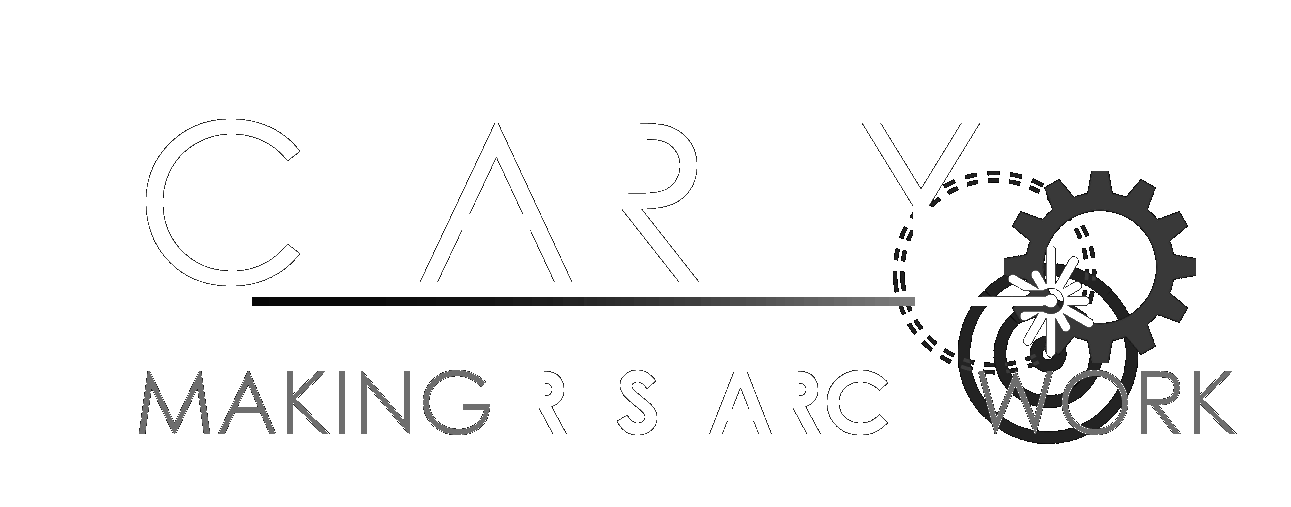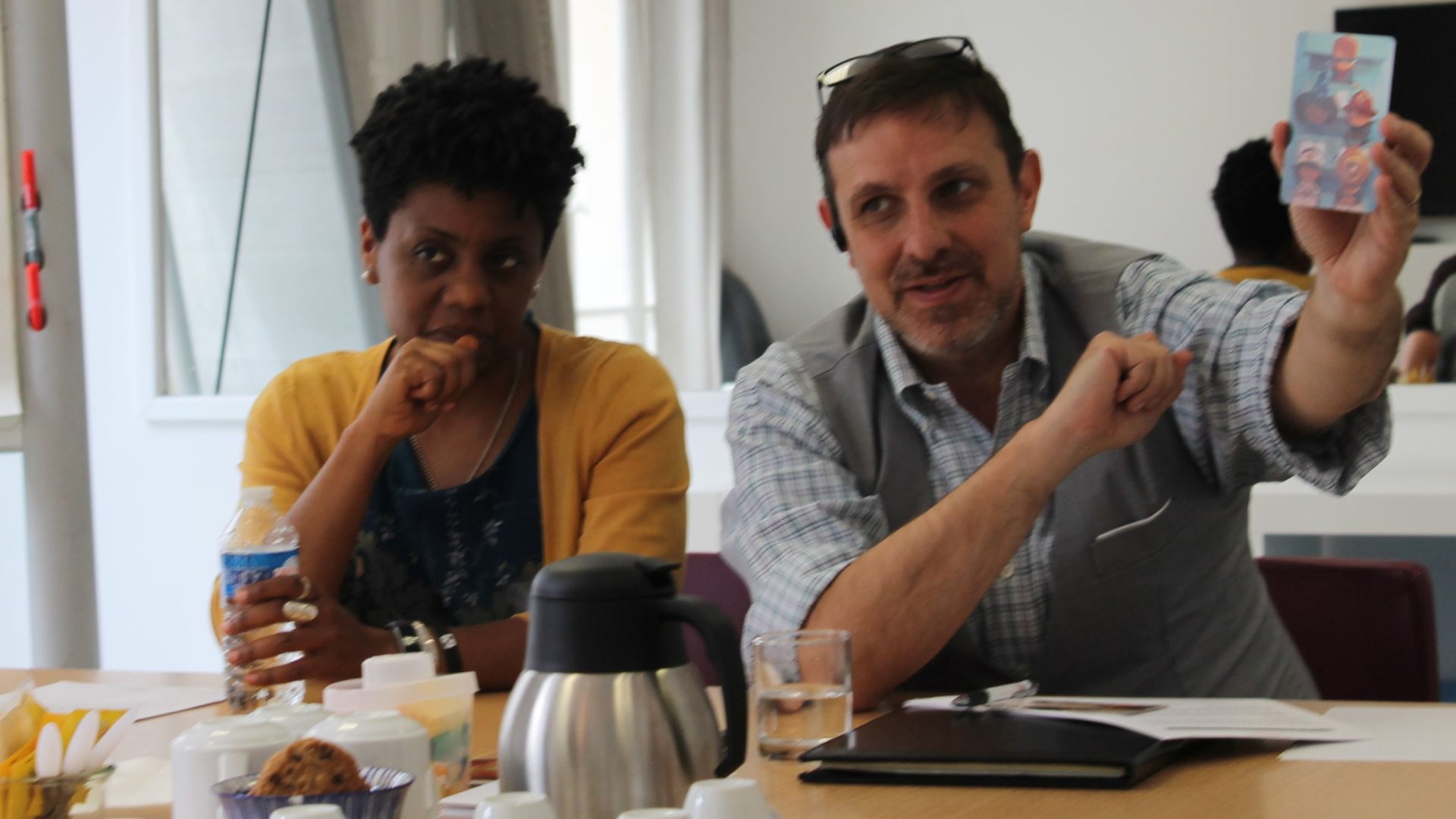Innovation is more than the driving force for future business, it also plays an important role in ministry as well. Consider new ideas for spreading the gospel- from Paul’s invention of “tent-making” to on-line evangelism and discipleship being pioneered today (e.g.- http://www.topchretien.com/). To be clear, we are not talking about changing the message of the gospel, but we are talking about discovering new ways for Kingdom growth.
In the world of business, companies will often set up a laboratory or a “skunk works” to test out new ideas. These are ideas typically born from well-meaning theory and tested in carefully controlled environments: environments that often ensure the survival and success of this newborn idea. But I’m seeing something very different in the real world of ministry.
This last month I was privileged to do some direct research in a few limited access and closed nations in Central Asia. While interviewing numerous ministry leaders I noticed a pattern: the most innovative ministry with a high level of effectiveness was happening in the LEAST resourced areas. Specifically, work in areas where ministry is opposed by society and government was more innovative than the work in open and highly resourced societies.
There is an English language proverb that, “necessity is the mother of invention.” In other words, difficulty and scarcity will often force people to invent alternate means to accomplish their goals. During this recent visit to Central Asia, I saw that the outcomes in nations in which government and society actively oppose the church were actually superior to the outcomes of believers in less oppressive situations. The believers in these difficult nations were replacing standard methods being used in more open societies across the border with different methods that actually prove to be more effective. Specifically, in the open nation, mass literature distribution and a formal theological education are the standard methods for evangelism and church planting respectively. The believers in the closed nations replaced literature distribution with targeted relational evangelism. Instead of handing out piles of tracts and literature, they would intentionally build relationships and discuss their faith at appropriate times. Likewise, believers in these closed nations would rely on “just in time training” via the internet and meeting in homes instead of acquiring a formal theological education and meeting in a church building. The results of using these non-standard methods were that more non-believers were being reached with the gospel and more churches comprised of new believers were being formed in these closed nations when compared to the open nation. The relative success in these closed societies shows that innovation is happening that surpasses the outcomes of “standard methods”.
So, how do we respond as leaders? Do we pray for persecution or even defund ministry areas to “force” innovation? I would like to suggest four slightly less drastic steps that may help your organization tap into these internal sources of innovation.
- Go to the hard places and learn: identify the least resourced areas of your organization and seek to understand their performance in the midst of their “lean” situation. In some cases, you may discover that under-resourced areas may not be performing well when compared to well-resourced areas. Use this to develop hypotheses of what resourcing may actually be necessary. If you discover under-resourced areas that are performing at parity or even better than well-resourced areas, then begin to see what they are doing differently than those resourced areas. List the standard practices and strategies that may have been adjusted or eliminated. Identify practices that these under-resourced areas have adopted to replace the “standard practices”.
2. Question everything: Consider the “standard practices” that are being replaced by more successful methods in these under-resourced areas. Are these practices really necessary- even in the well-resourced areas? For example, informal internet training replaces a formal theological education in these difficult areas of Central Asia. So is a formal theological education even necessary in these open societies? At this point it could be helpful to list the costs of a formal theological education (not only the monetary cost, but also the time as well as the delay in starting a ministry) versus the benefits.
3. Bet on winning strategies: When these new and successful strategies are identified then resource the STRATEGY. You need to be careful at this point- do not fund these areas so that they can adopt the less-effective strategies being used in open countries. Rather- provide resources so that they can continue doing what they are doing on a larger or faster scale. In other words, do not spend money to extract these people and send them to a Bible School but use that same money to send them more reliable mobile devices to access better on-line training and encouragement.
The more difficult issue arises in how to import these new strategies into areas where they are not necessary. The challenge is to convince those workers in resourced areas that the strategies from under-resourced areas may actually be more effective than current practices. Getting senior leadership to endorse the change to new strategy will be a key to success.
4. Get your board “on board”: much of our work is enabled or limited by a board. Boards are great for providing oversight; however, their conservative nature may inhibit the implementation and support of innovation. A great first step is to begin by helping the board to focus more on vision and outcomes instead of programs and outputs. For example, help them to see that it is not about how much literature is distributed, but how many people have come to faith as a result of the program.
Educating the board is the next natural step. Do more than simply share the outcomes, but also be open about sharing the cost of the outcomes. There is typically a moment of epiphany when board members realize that they are seeing similar or even superior results with less spent on resources. Most importantly, bring them along on “field trips” so that they can witness the difference between the outcomes in heavily resourced areas and the outcomes in places where necessity forces believers to use more innovative strategies.


